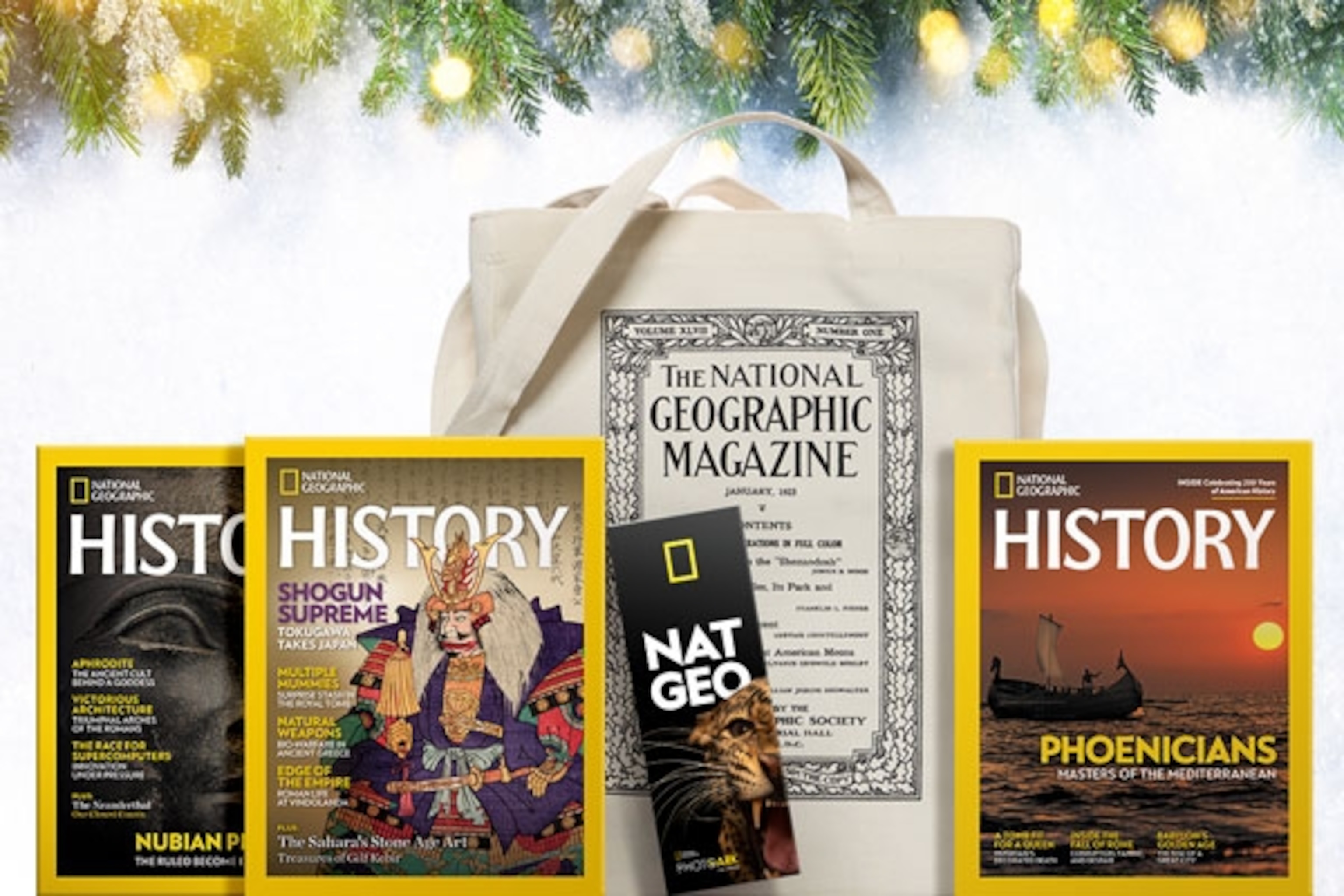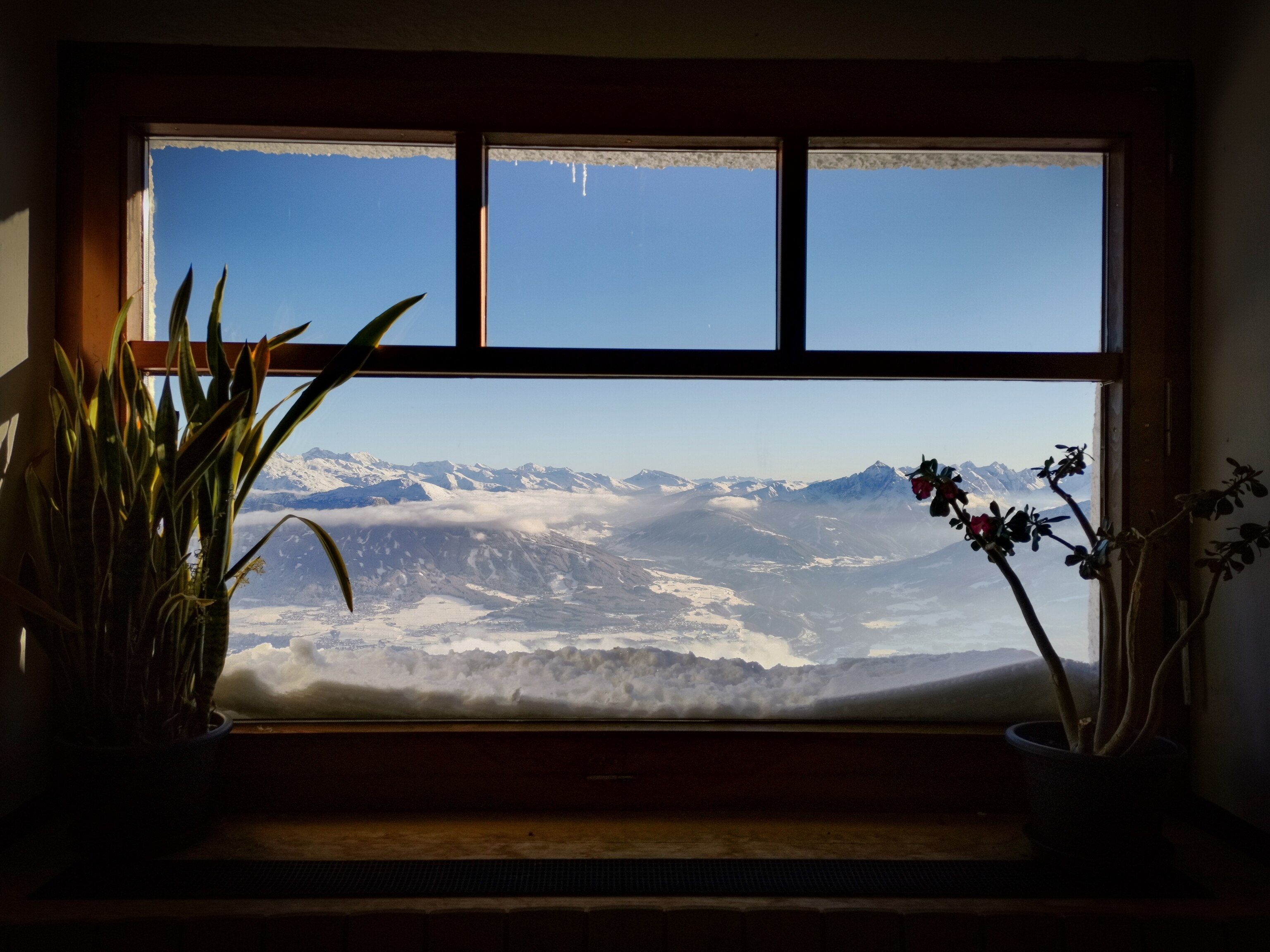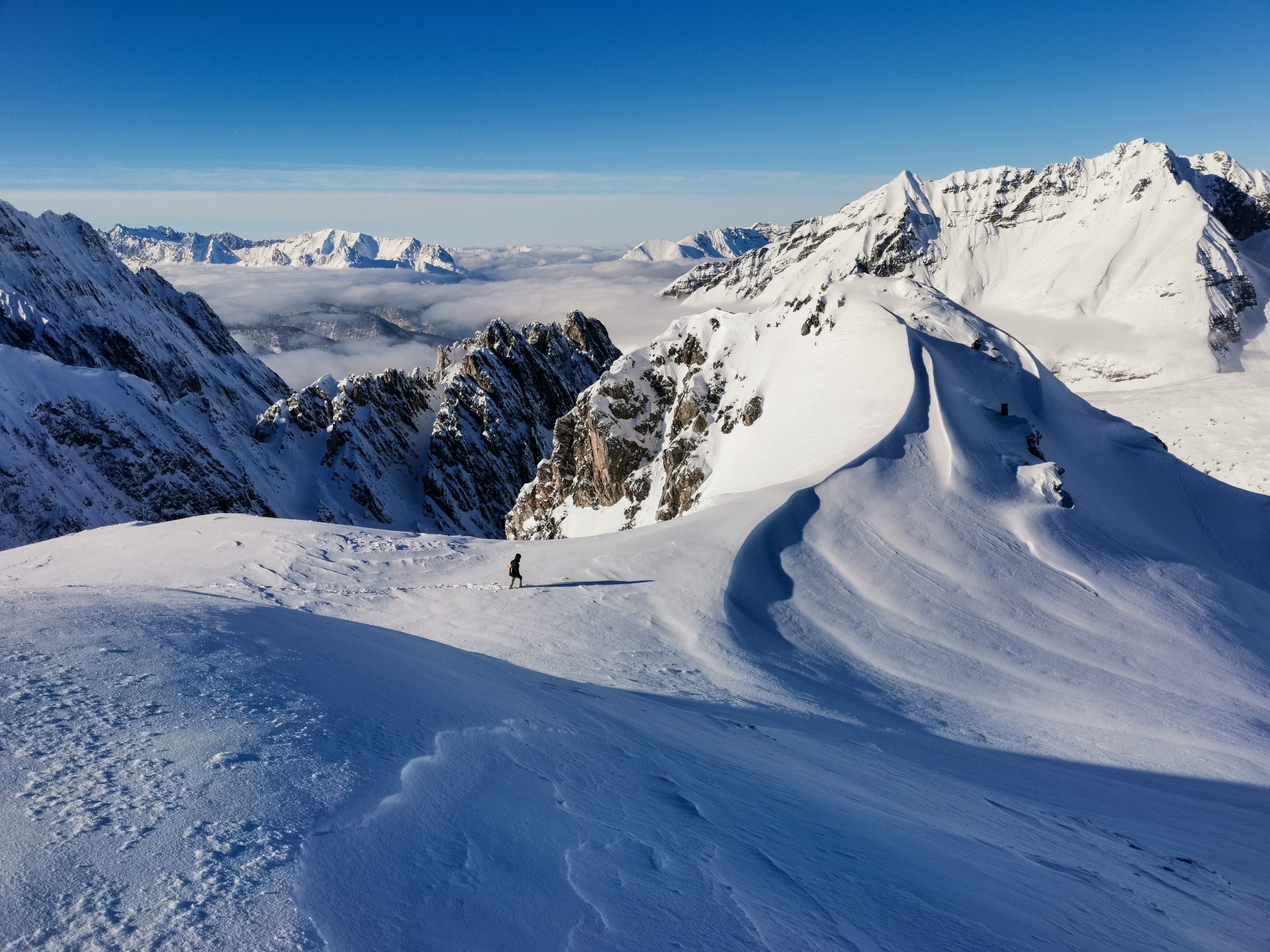
A cold weather photography survival guide
Here are practical tips to start your own winter photography adventures.
National Geographic Photographer Robbie Shone has traversed mountains and frozen lakes. His mission simple: explore the beautiful sights of winter and capture them for all to see.
Throughout his travels in Austria and the United States, Shone proved one thing: there are memorable scenes that can only be discovered during the colder months of the year. He also showed what one can do with just a smartphone – like the HONOR View 20.
However, winter photography is a completely different beast compared to its other cousins, and so it is important for those who want to capture the cold months to be prepared.
If you’re a budding winter photographer, read on.
Focus on the details
As a beginner, you may be overwhelmed at first with trying to capture stunning images in winter. Once you’ve conquered cold fingers and toes, you’ve got the camera and all its settings to contend with. Which is why it’s best to stay focused on details.
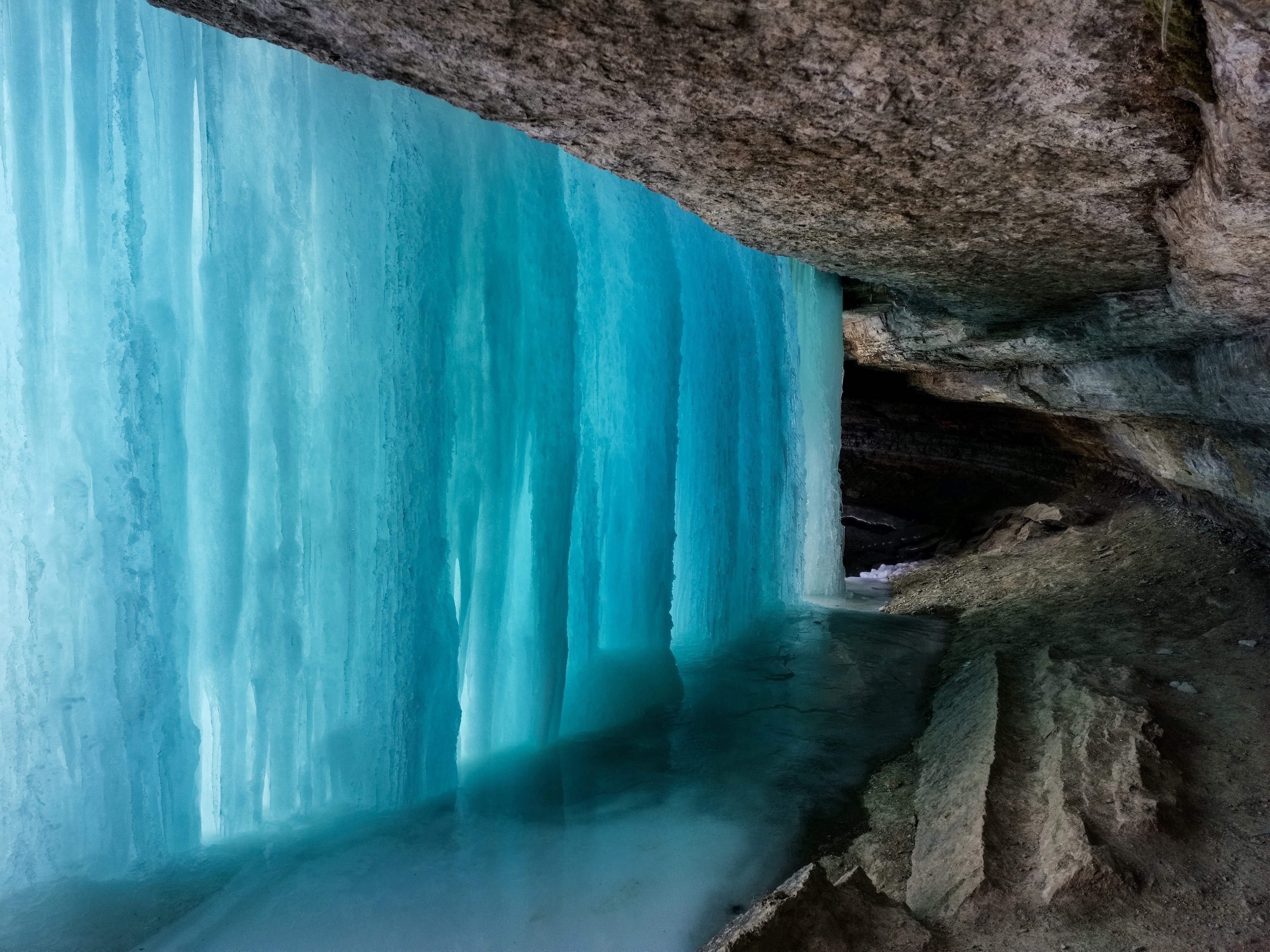
However, you don’t need to be a world-class photographer carrying thousands of dollars’ worth of equipment to take great winter photographs. You’ve simply got to identify the key sights that you’d like to snap and focus on getting as much detail as possible in your photo.
Many phones now have AI-assisted modes that allow you to capture photos in professional quality. The HONOR View 20 packs a 48MP camera that comes with an AI Ultra Clarity mode, which captures multiple photos in a small timeframe, then puts them together to capture all of the fine details in the entire frame.
Stabilize your creativity
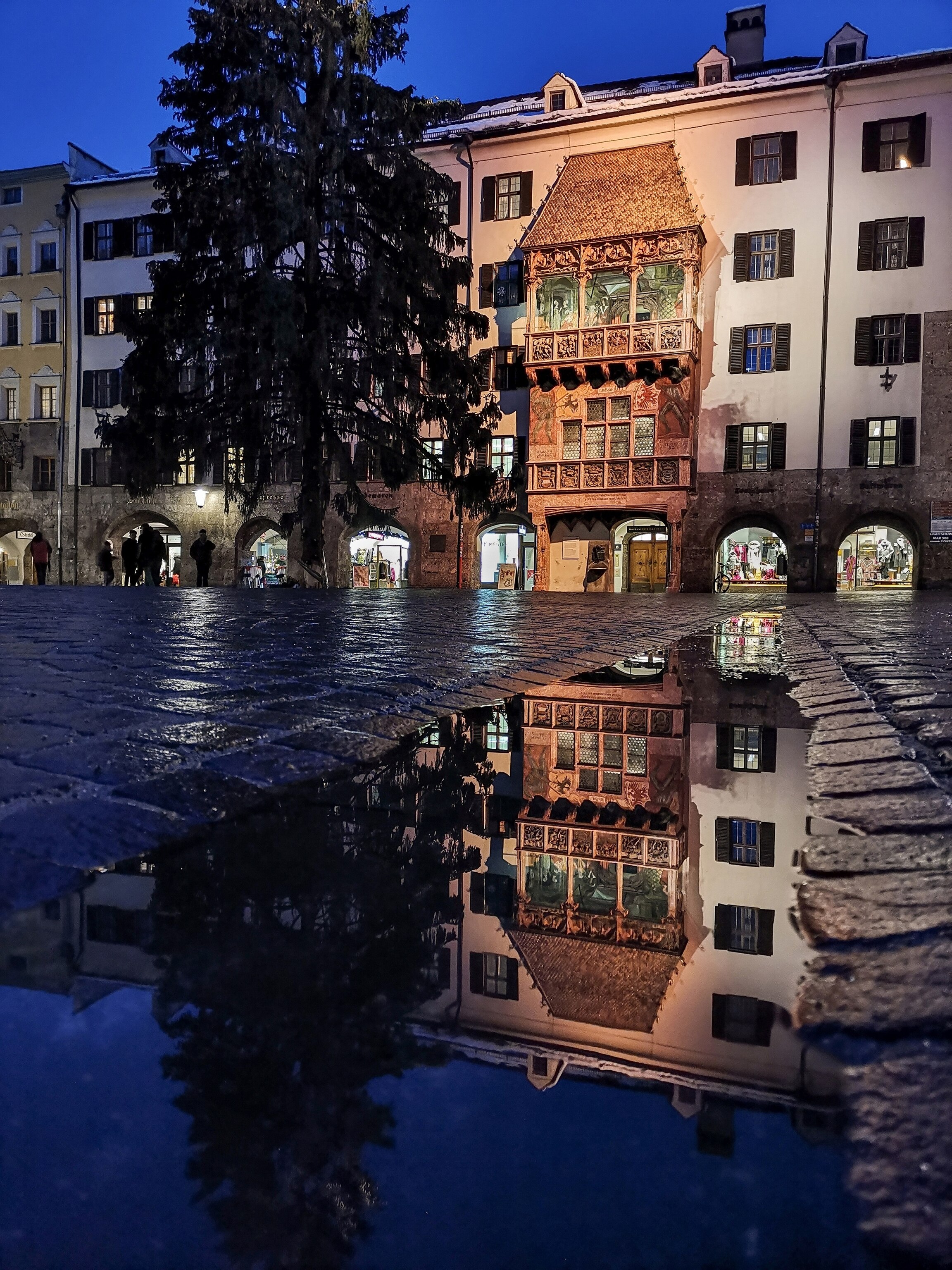
For maximum results, you should also think about bringing a tripod with you. There are now many affordable tripod options for both phones and cameras, and they are especially helpful when you need to stay perfectly still while capturing a series of images.
What’s more for mobile photography, tripods allow the camera time to capture multiple shots at once for special modes like HDR (High Dynamic Range). HDR mode captures several different versions of one image in rapid succession in order to process the light conditions and provide the best overall outcome in the captured image.
Tripods can also come in handy when navigating rough terrain in winter, as they could also be used as a potential walking stick when navigating tricky terrain. We don’t recommend this, however, it’s a viable last minute option.
Take care of your batteries
Batteries behave very strangely in extreme cold weather. This is true for both phone batteries and camera batteries.
It is important to have spare batteries for your equipment that are kept in a warm bag, tightly sealed in plastic, as you’ll never know when you need them.
If you’re using a phone that doesn’t have an interchangeable battery, it may be wise to keep it off until you’ve managed to reach somewhere that is warmer. Avoid charging these phones in the extreme cold, as well. Charging batteries in extreme temperatures could cause further damage.
The main reason this happens is because cold temperatures slow down a battery’s ability to properly discharge energy. That’s why you may see an extremely low amount of energy stored in your battery in the cold, but suddenly see it magically jump up to a much higher percentage again after turning your device on in a warmer area.
The HONOR View 20 comes with a battery that has a few added advantages. Its capacity of 4000 mAh allows it to run well for extended periods, even with heavy usage. It also sports Huawei’s 4.5V/5A SuperCharge technology, which allows the battery to charge from 0% to 100% in just over an hour, giving you time to warm up with a hot beverage between shots while your phone recharges.
Your safety is worth more than any photo
Not all of us grew up in colder areas, and the tranquil photos of frozen snows or quiet mountains don’t often show just how dangerous the cold weather can be.
If you don’t have extensive experience with cold weather, you should make sure to start looking at weather forecasts a couple of weeks before you travel. Always have a close idea of what the lowest temperatures could be, and do not underestimate the cold. Bring the appropriate items, including hats, jackets, thermal underwear, and other warm clothing. You should also remember to wear gloves that work well with touch screens, because you don’t want to expose your fingers to extreme cold conditions while fiddling with settings.
If you’re planning on driving, make sure to carry an emergency kit in your car as well. Remember to bring spare snacks, ones that do not need to be cooked or heated up.
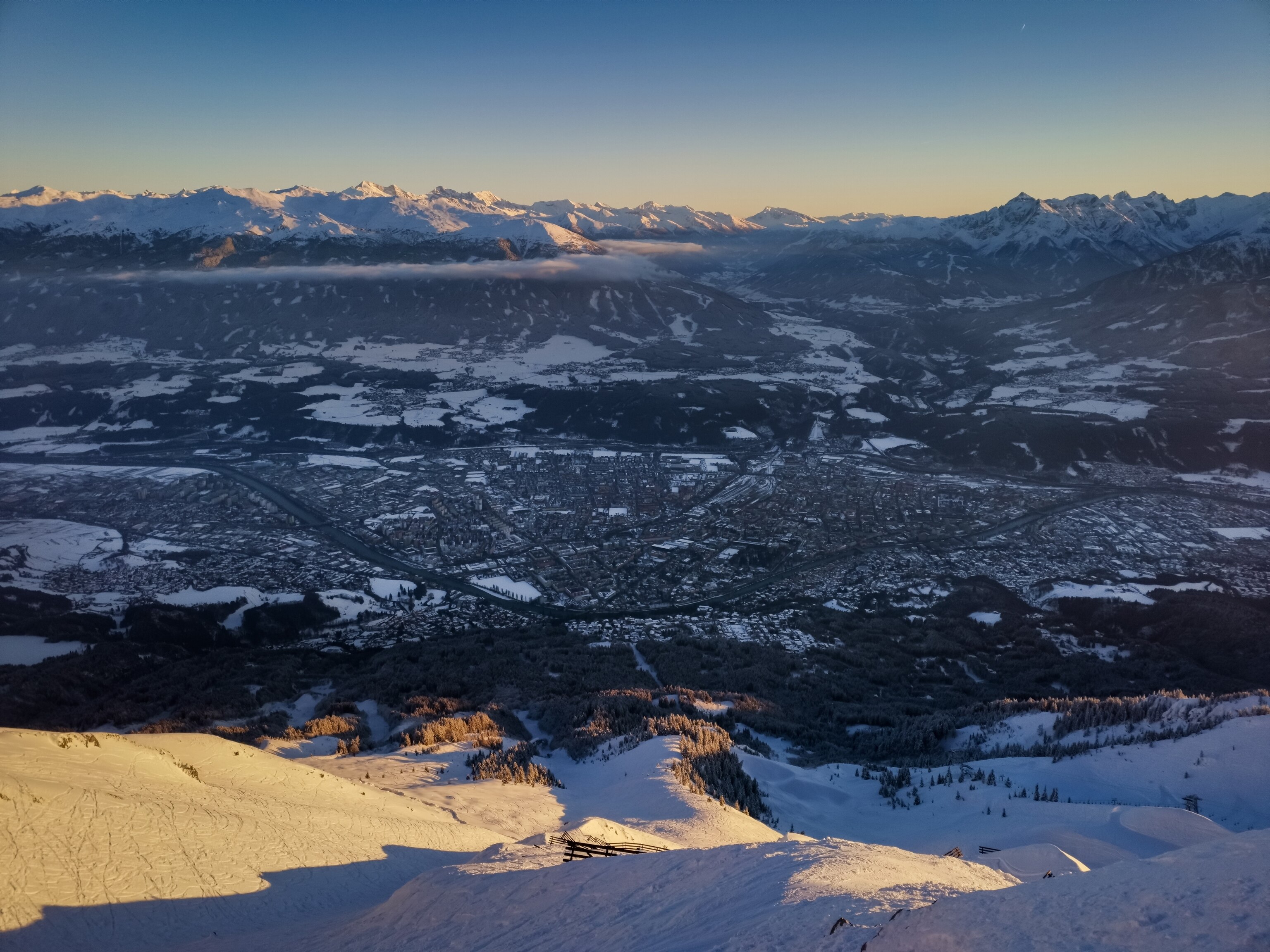
Finally, be wary of travelling alone at night. Any unfamiliar territory, be it a frozen lake, a mountain, or a cold country road, can be a daunting place to tackle at night. Even experienced photographers like Shone have shared that you should have a really good understanding of an area before going on any solo night-time adventures.
This is the last of a four-part series. The sharp details shown in the photo were made possible by the 48MP camera’s AI Ultra Clarity mode on the HONOR View 20.
